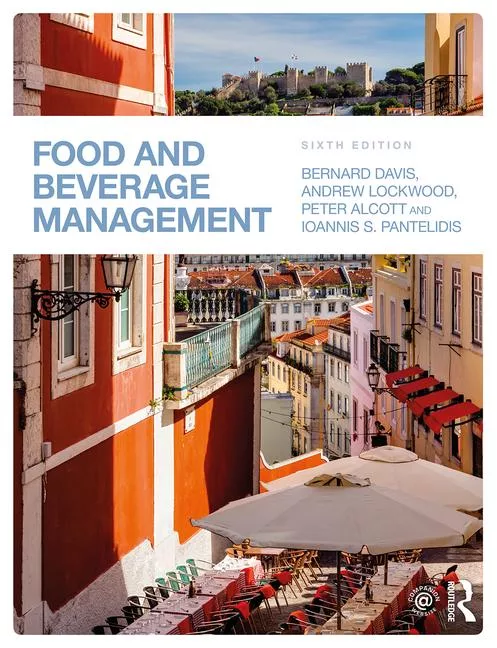Setting an efficiency standard in the brewing industry
Relying on certified equipment to save energy, raw materials
Manufacturers and operators of machinery and equipment for the brewing industry must develop a highly integrated approach to energy and media efficiency, starting from the delivery of raw materials, auxiliaries and resources through optimizing mashing and cooking processes, using compressed air, treating wastewater and developing sanitation systems. Reasonable standards governing operations and design processes are most needed in these scenarios.
During the last five years, the 1,300 breweries in Germany have succeeded in cutting their energy consumption by an average of 11 percent. Today, breweries need only 3 to 5 liters of water to produce 1 liter of beer instead of 8 liters as in the past. In addition, the number of reusable bottles accounts for about 85 percent in the market. All of this sounds quite promising; however, in view of constantly rising energy and raw material costs, further efforts are needed to stay competitive now and in the future. Improved efficiency is a long-term goal, and potential savings exist even in companies that already show good performance in this area. Savings can be hidden in plant components or logistics and also concern energy carriers such as gas or compressed air. In this context, life-cycle assessment also must be taken into account.
Breweries considering investment in modern technologies and production facilities face the question of how to recognize whether the systems also will work efficiently in real-life operations later on. TÜV SÜD Industrie Service GmbH, Munich, has developed a standard for assessing the energy and media efficiency of systems and equipment. The “Energy and Media Efficiency, Environmental Sustainability” (EME) standard takes environmental compatibility into account, thus facilitating the development of energy-efficient, resource-saving and sustainable industrial systems and production processes.
To this end, TÜV SÜD’s experts analyze the extent to which management has rooted the aspects of energy efficiency, resource efficiency and environmental compatibility in its operations or design processes. After all, management and organizational structures must be such that employees operate or design machinery and equipment with the goal of achieving maximum efficiency. To reach this goal, companies need an energy officer and must establish continuous monitoring of the facility’s operations. They also must enact initial and continued training measures to raise staff awareness about these three aspects, which are imperative to ensure that potential areas of saving are identified and used to the fullest throughout all levels.
In the second step, TÜV SÜD’s experts examine the machine and its components and ask the following questions: Are modern high-efficiency or low-energy drive systems and pumps used, and are their dimensions aligned to the applications in question? Does the company make intelligent use of waste heat in further processes? Is the input of resources known, and has the company already taken measures to minimize these quantities? After that, they will look at the overall system, checking whether the sum total of all components permits further savings and whether savings are actually exploited to the fullest — for example, by using cyclical processes. When the company fulfills the efficiency criteria, product certificates or system certificates can be awarded.
For system certification, the manufacturers of machinery and equipment for use in the brewing industry must satisfy a wide range of requirements. Corporate guidelines, specific requirements and internal management documentation must be prepared as set forth in the EME standard. Once this has been done, the employees will develop and design equipment in conformity with the standard. The completed machine will be rated against a detailed list of criteria based on the company’s guidelines, i.e. the EME standard, by means of a point-based system.
In contrast to the management system certificate for the manufacturing process, the product certificate stands for the certification of machines and installations. Companies investing in these installations and equipment can be certain that the indicated values of energy and resource consumption are correct.
Awareness of intelligent efficiency solutions to save energy, resources and, in the long term, operating costs also must be raised among owners and operators. One example that makes this evident is compressed air. The energy-intensive medium is used in many processes and fulfills important functions. Compressed air also is frequently the most expensive form of energy in companies, and high savings often can be achieved by avoiding or repairing leakage and reducing resistances in pipes. Because all components of the compressed air system — from the compressor to the lines and consumers — significantly affect the efficiency and the degree to which the supplied electrical energy is used, the entire system must be viewed in a holistic approach.
Using modern compressors only to save electricity and reduce the consumption of compressed air is not enough. The tools and components connected to the compressed air system also must be adjusted and optimized; otherwise they might not be supplied with a sufficient amount of energy, impairing individual processes and work steps.
If, for cost reasons, a too-small nominal diameter is selected for the piping system, the increased internal resistance will cause a rise in energy demand and, in the long term, energy costs. The recent investment in power-controlled, energy-efficient compressors with intelligent control systems might prove excessive and uneconomical if consumption is reduced significantly by subsequent savings measures, such as the elimination of leakage or the improvement of the piping system.
Looking for a reprint of this article?
From high-res PDFs to custom plaques, order your copy today!





